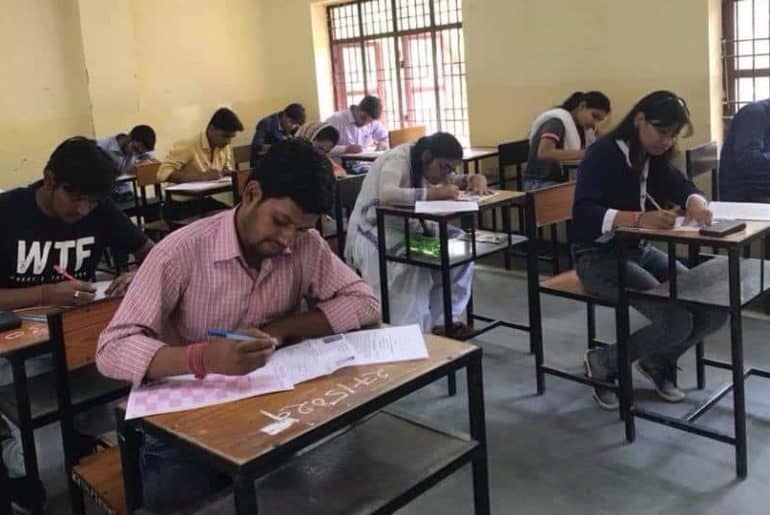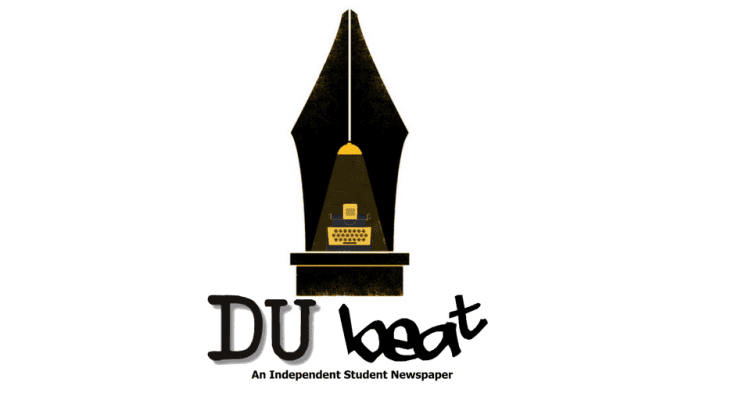Education is the foremost right of all people. Wanting their representation in books shouldn’t be a privilege. This piece aims to highlight the importance of Inclusive Curriculum in modern day schools.
As a society, we’re constantly refusing the ideals of patriarchy and discrimination. It’s imperative to realise, that those ideals could be illustrated in books as well. The curriculum students are taught at colleges or schools act as a medium for to resonate with the world. However, the curriculum taught hasn’t been changed since past many years.
The book assigned to my mother is the one I still have to study now. Curriculum should be periodically updated to ensure its reflecting the current state of society, not how it was a century ago. There’s a huge part of modern day relationships, identities and choice that is completely ignored in this course.
Inclusive curriculum is defined as an approach to course and unit design, and to teaching-learning practice which aims to improve access and successful participation in education of groups traditionally excluded from tertiary education.
This is to show students that there are people just like them in this multicultural society, so they feel better engaged with their schoolwork and can better relate to course materials. If there is no representation of their identity, race, sexuality, religion or nationality embedded within the course, many end up feeling disillusioned and demotivated.
As per the Times report, more than 63% of students cannot relate to the subject being taught in school and feel demotivated instead. For example, its like opening a brown magazine with an extremely fair cover girl with European features. After seeing that magazine, there’s a high chance you might find yourself less beautiful. Just the same way students who are from oppressed communities do not see themselves in the course they study, yet are still expected to comprehend it.
An inclusive curriculum helps them see that all walks of life are relevant and important, and that they are in a safe environment where everyone is not only accepted, but celebrated. People all over the world, are starting to recognise this, and many have started implementing a more inclusive curriculum. They are already seeing positive changes in students, reporting higher rates of achievement and better engagement.
The other aspect of Inclusive Education is to make students familiarise with modern complexities like social media management, financial literacy, scientific temperament, and political ideologies that affects them. It’s an attempt to give an exposure of real life situations to students in these institutions to make them informed citizens.
For you to understand the concept much better, here are few examples of good teaching practice in an inclusive curriculum. Introducing students to LGBTQIA+ literature, about regressive Transgender Bill,supporting female Muslim students in physiotherapy education, teaching capitalism to students of economics, rural geography, auto-ethnic profiling, co-creating the curriculum for fine arts and, history, and faith, spirituality, and social work.
Inclusive curriculum will be a revolutionary tool in modern day education. It will help raising sensitive, kind and socially aware students than cramming expert robots. The education will go far beyond than just acing exams, it will result in informative classroom discussions and will make students more accepting of their flaws and other people. Inclusive curriculum is a great way to raise awareness about and then eventually solve many social evils prevailing in the society.
Feature Image Credits: Vaibhav Tekchandani for DU beat
Chhavi Bahmba




